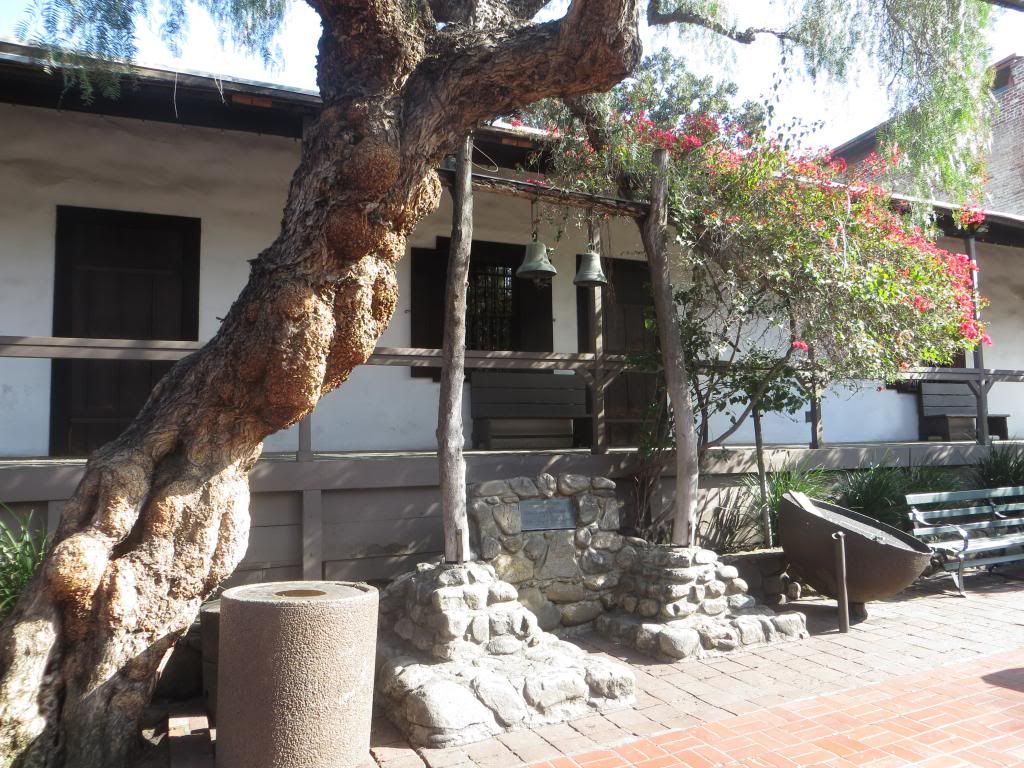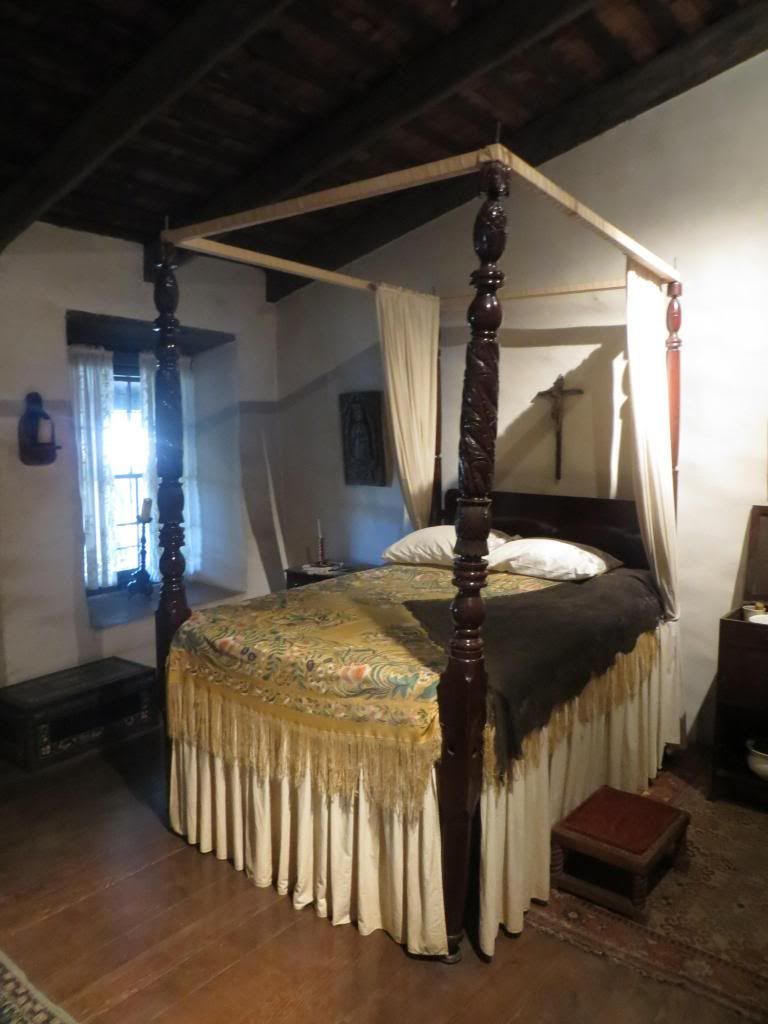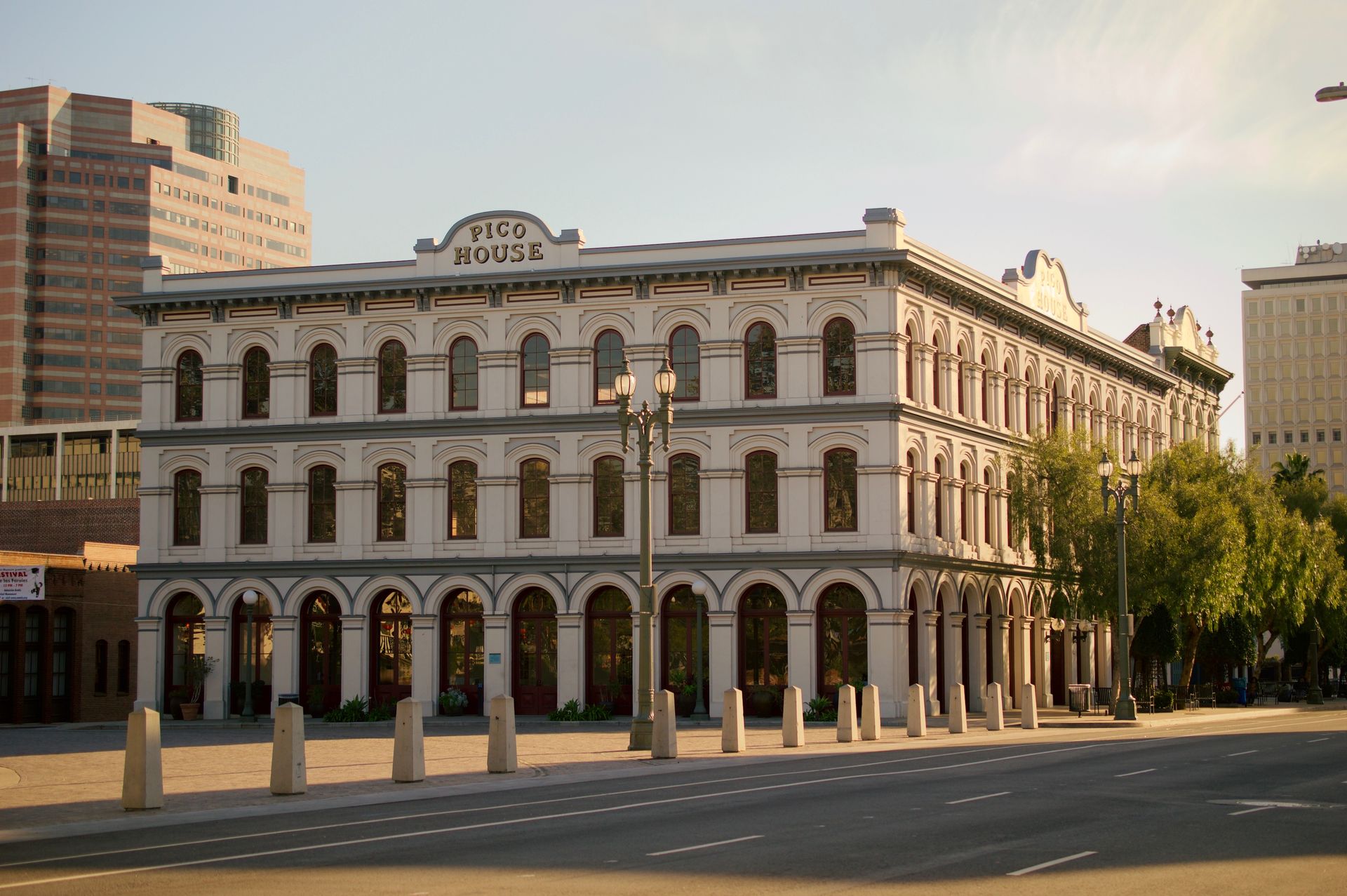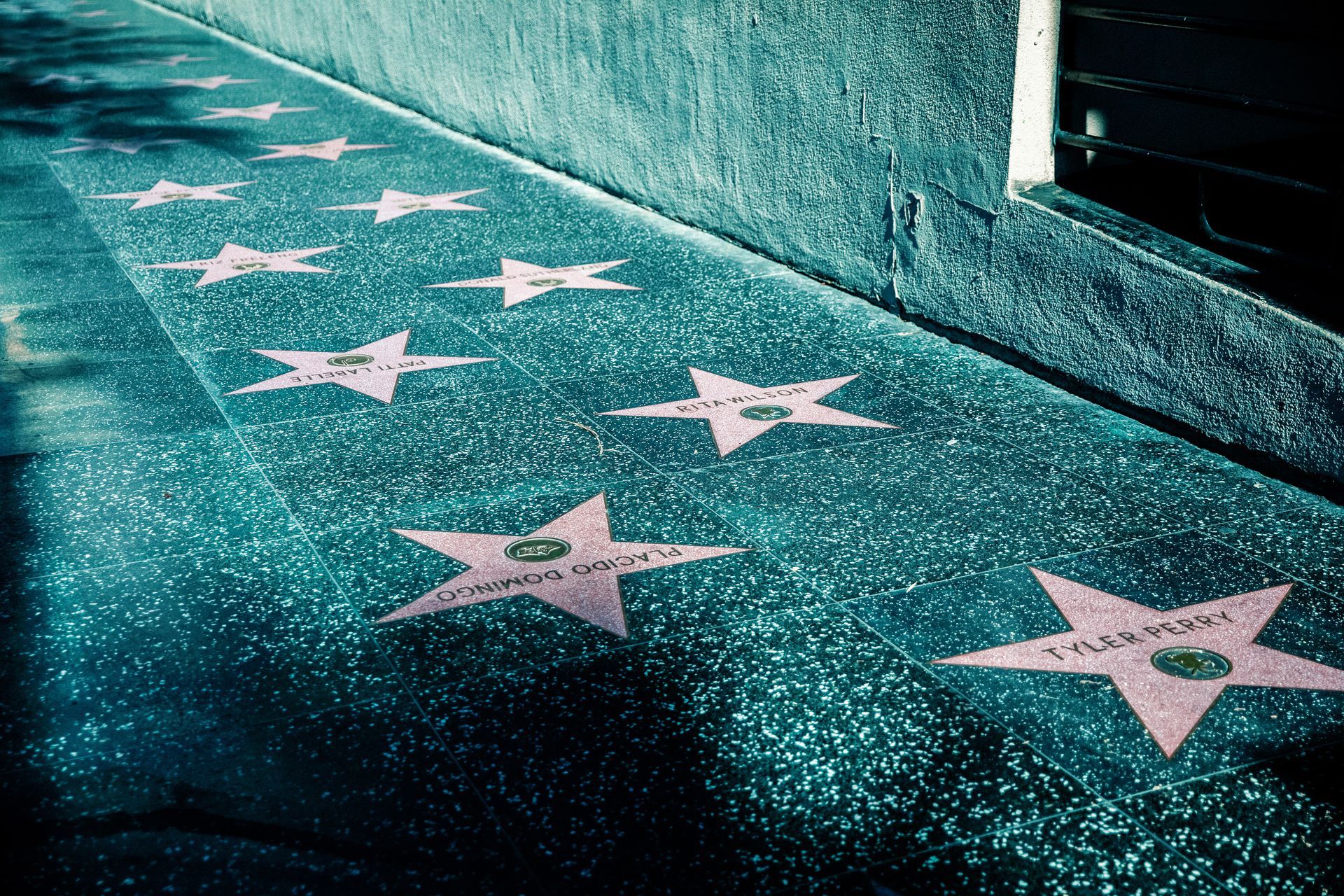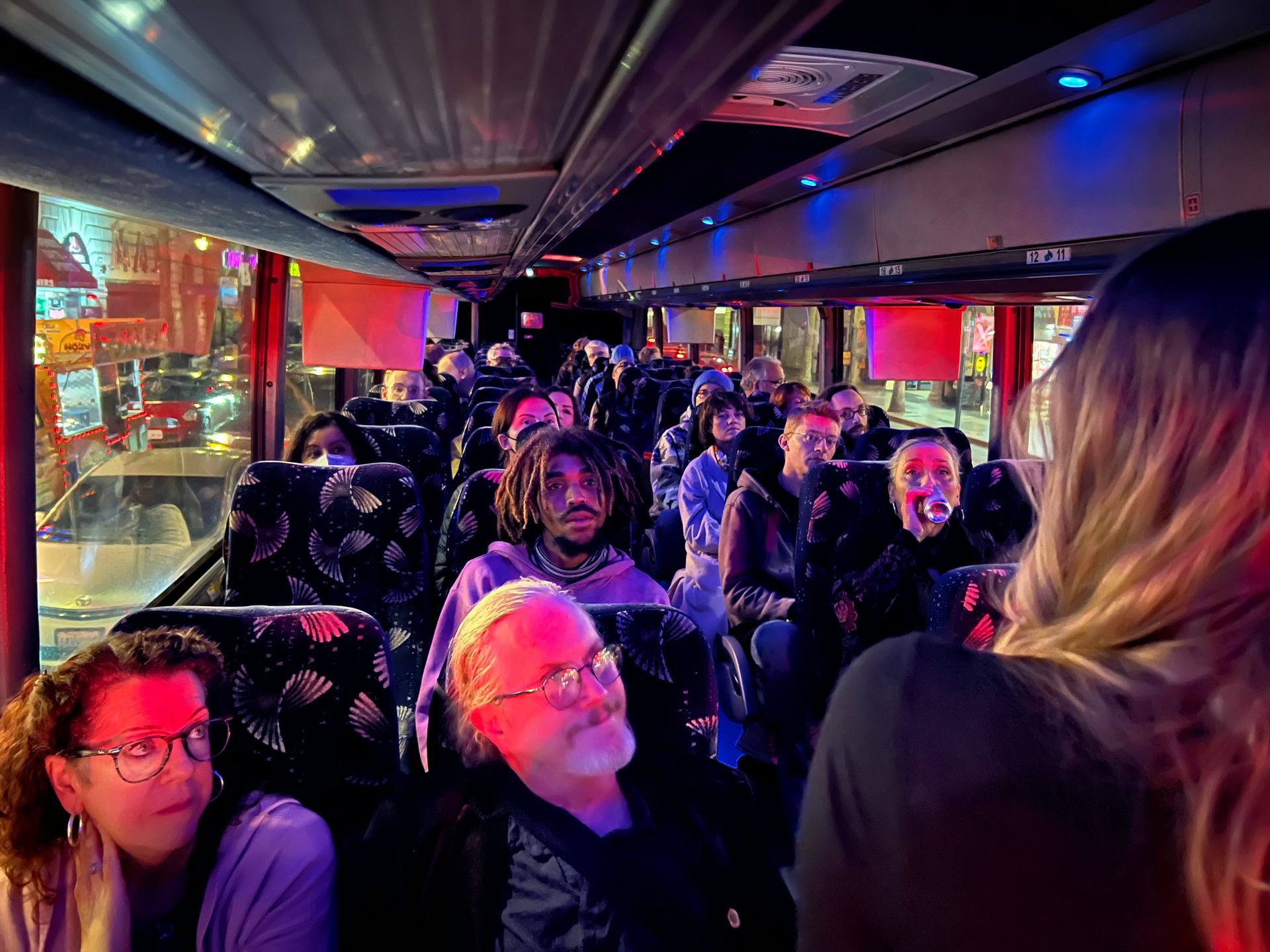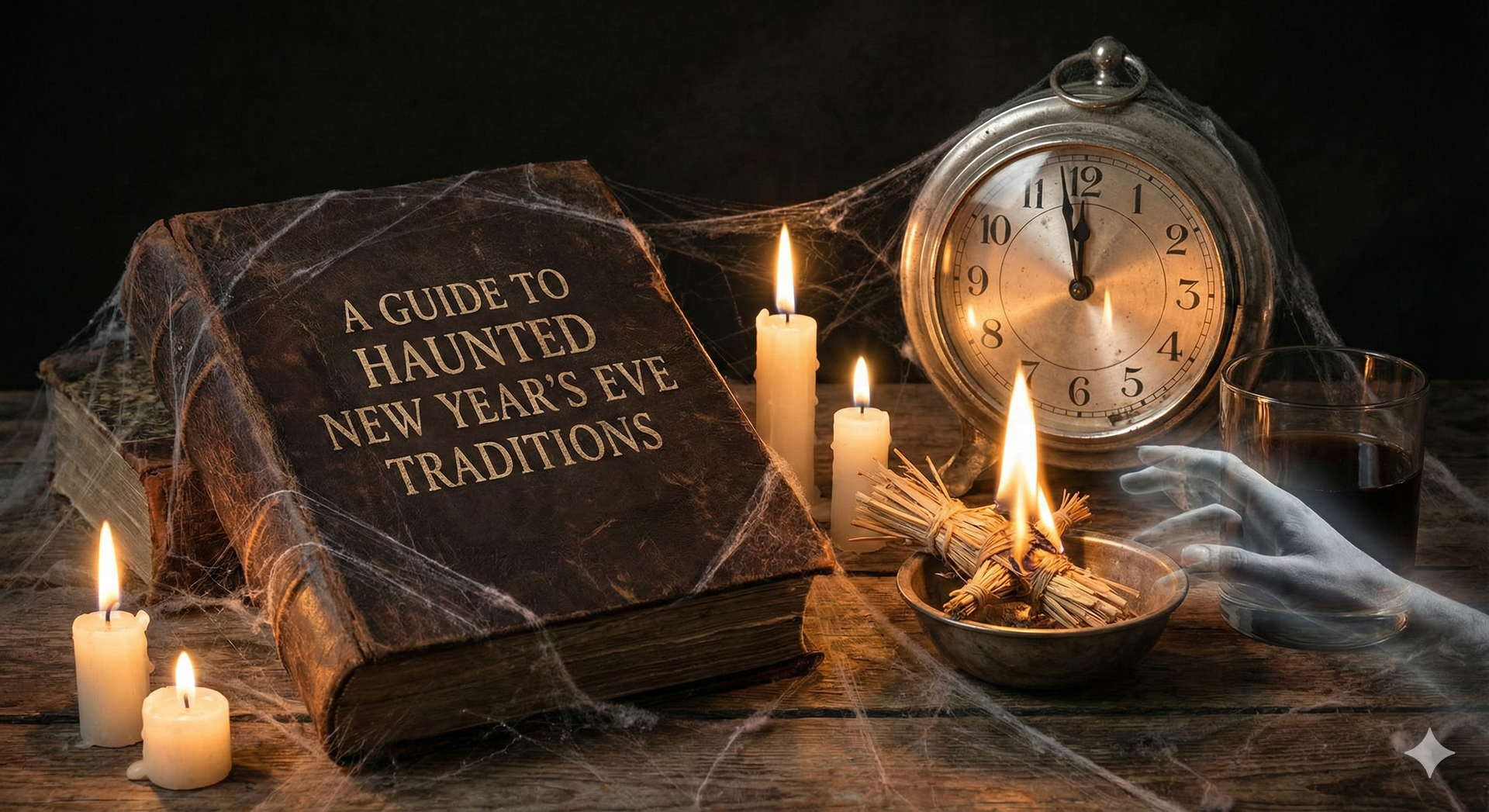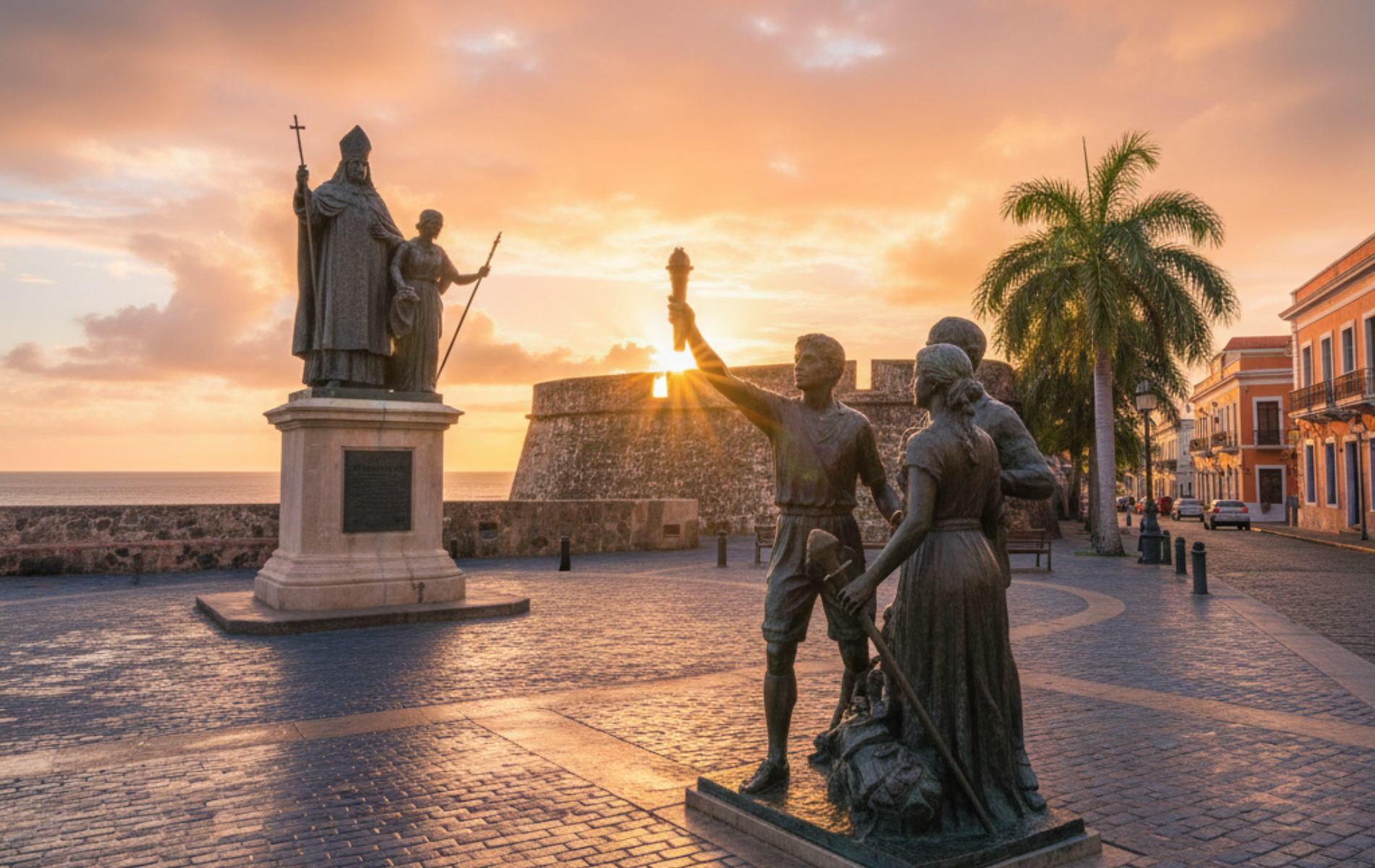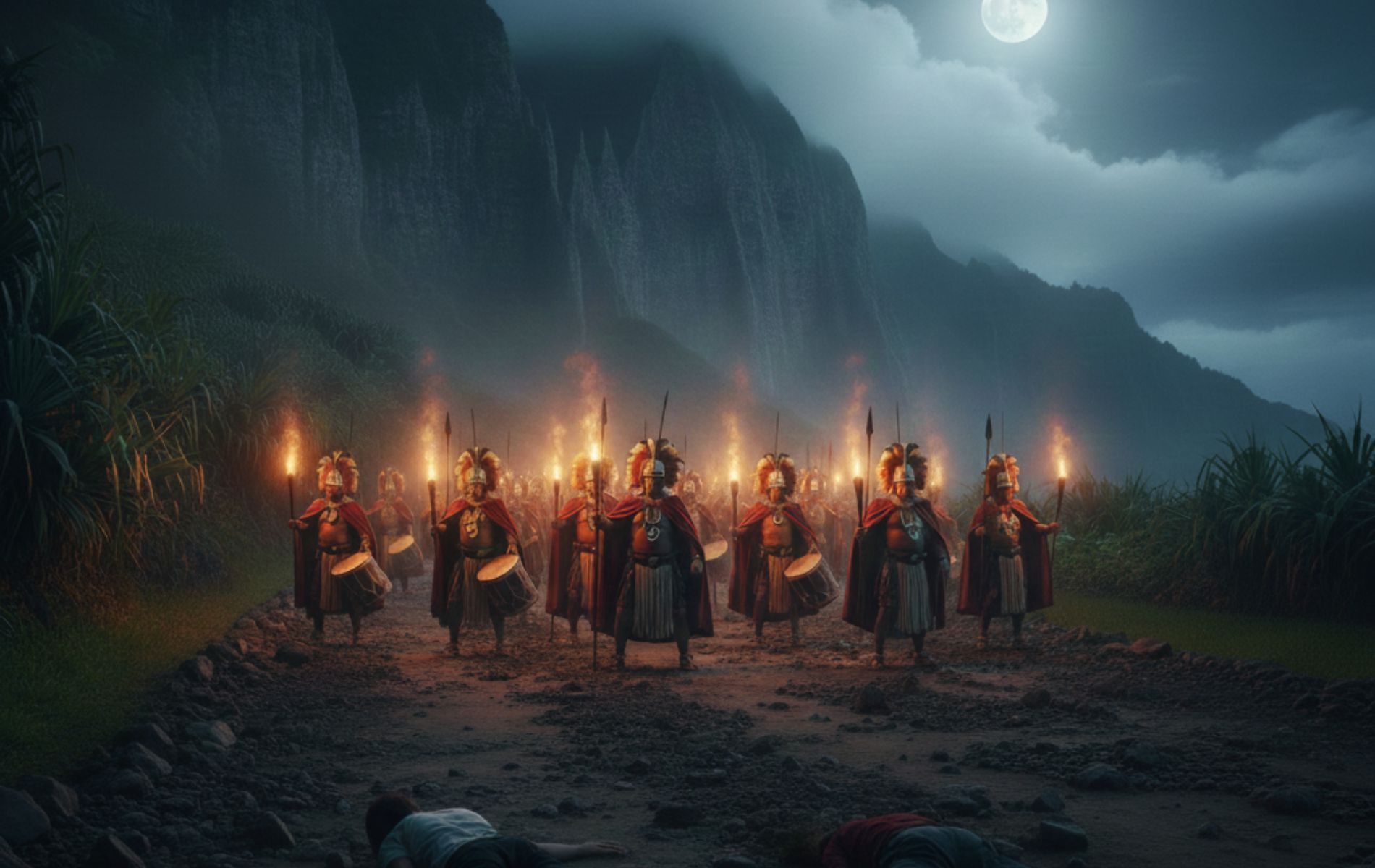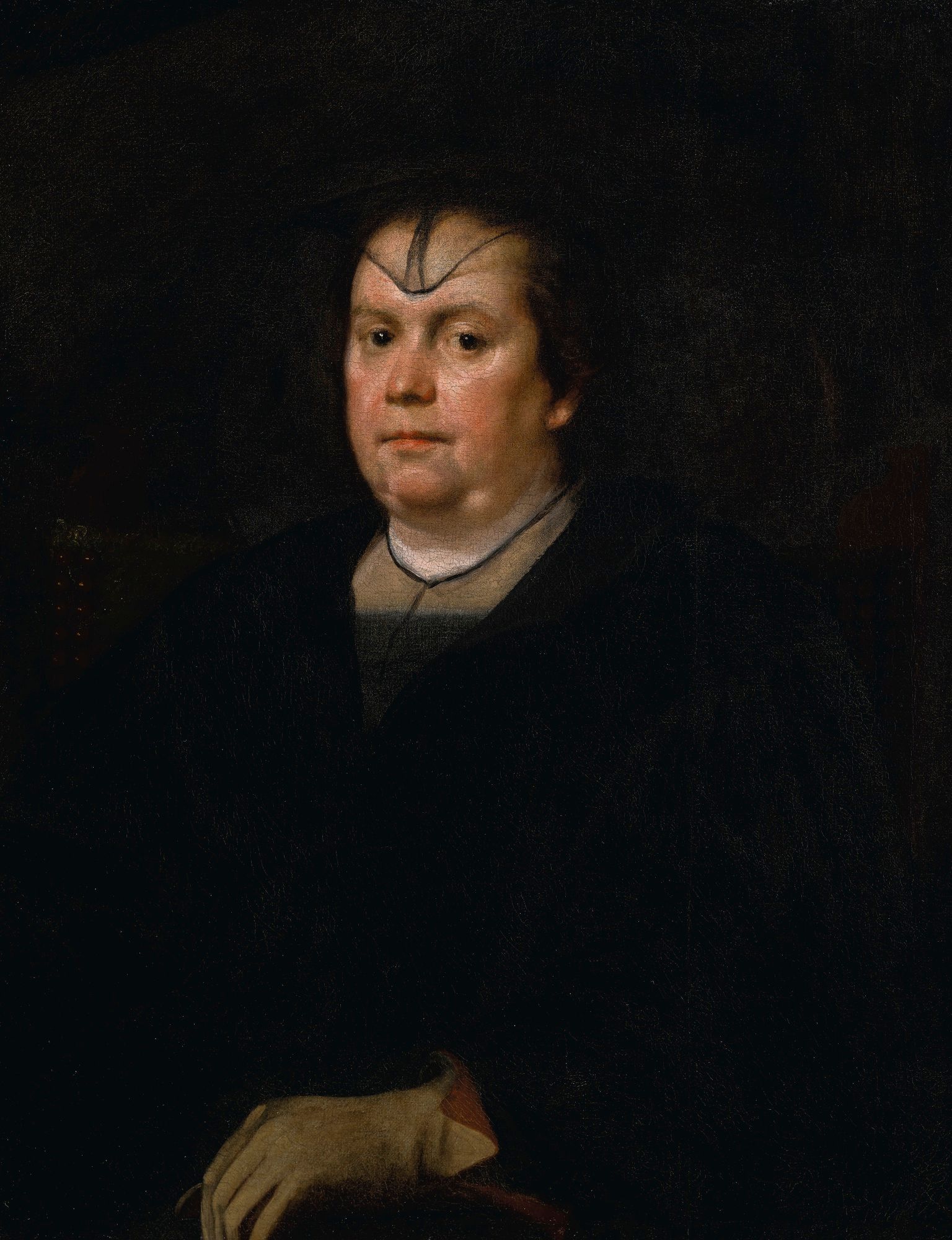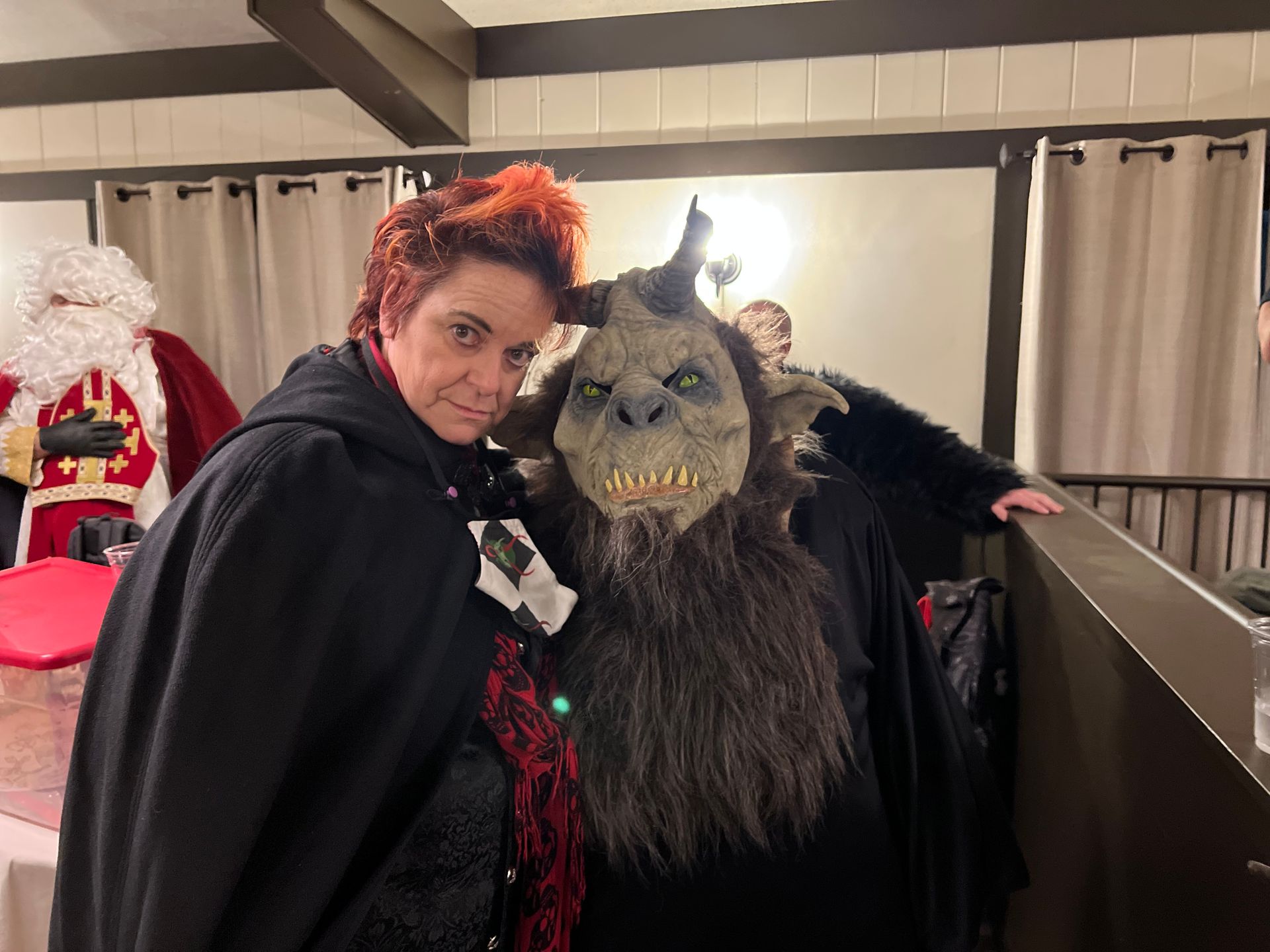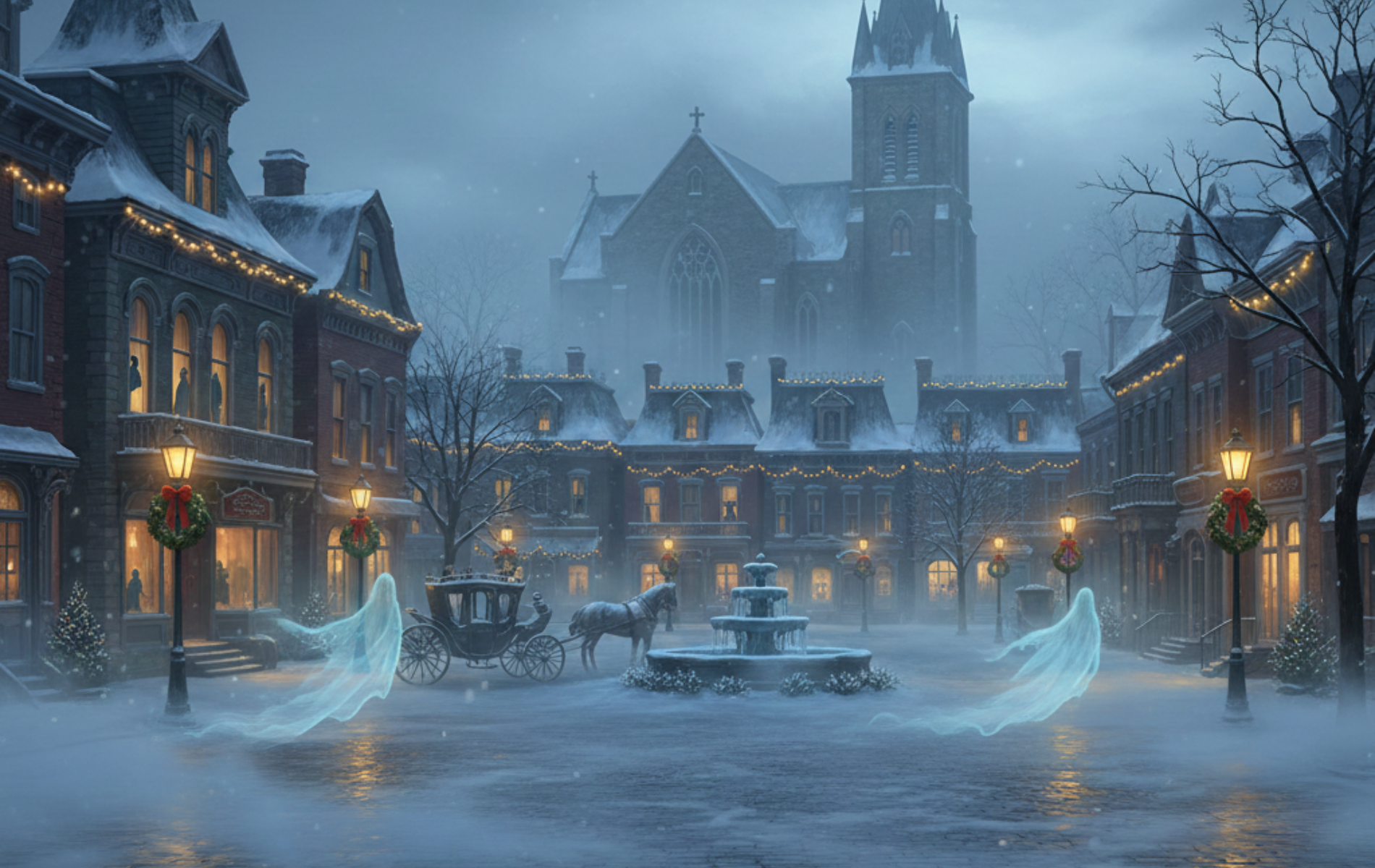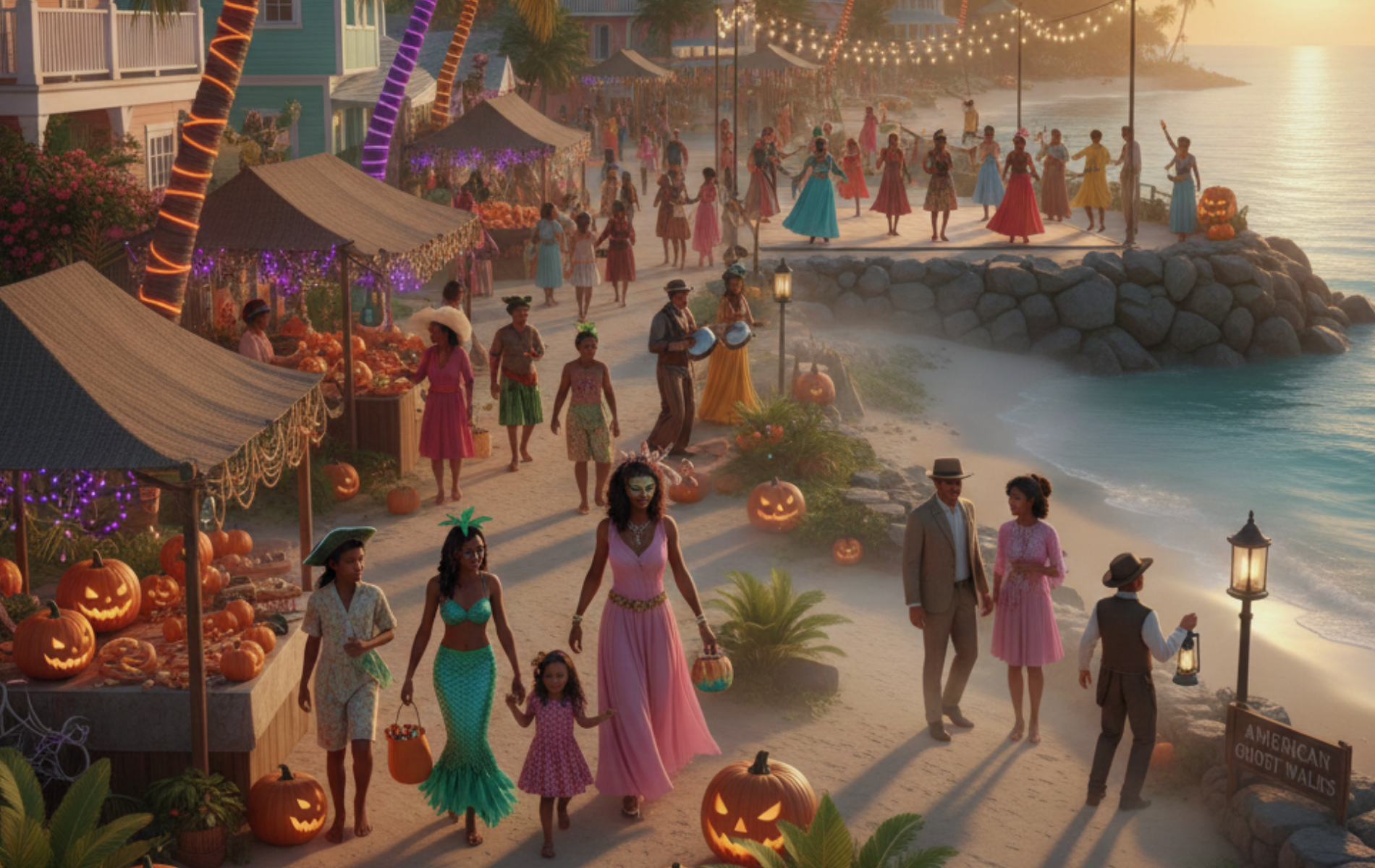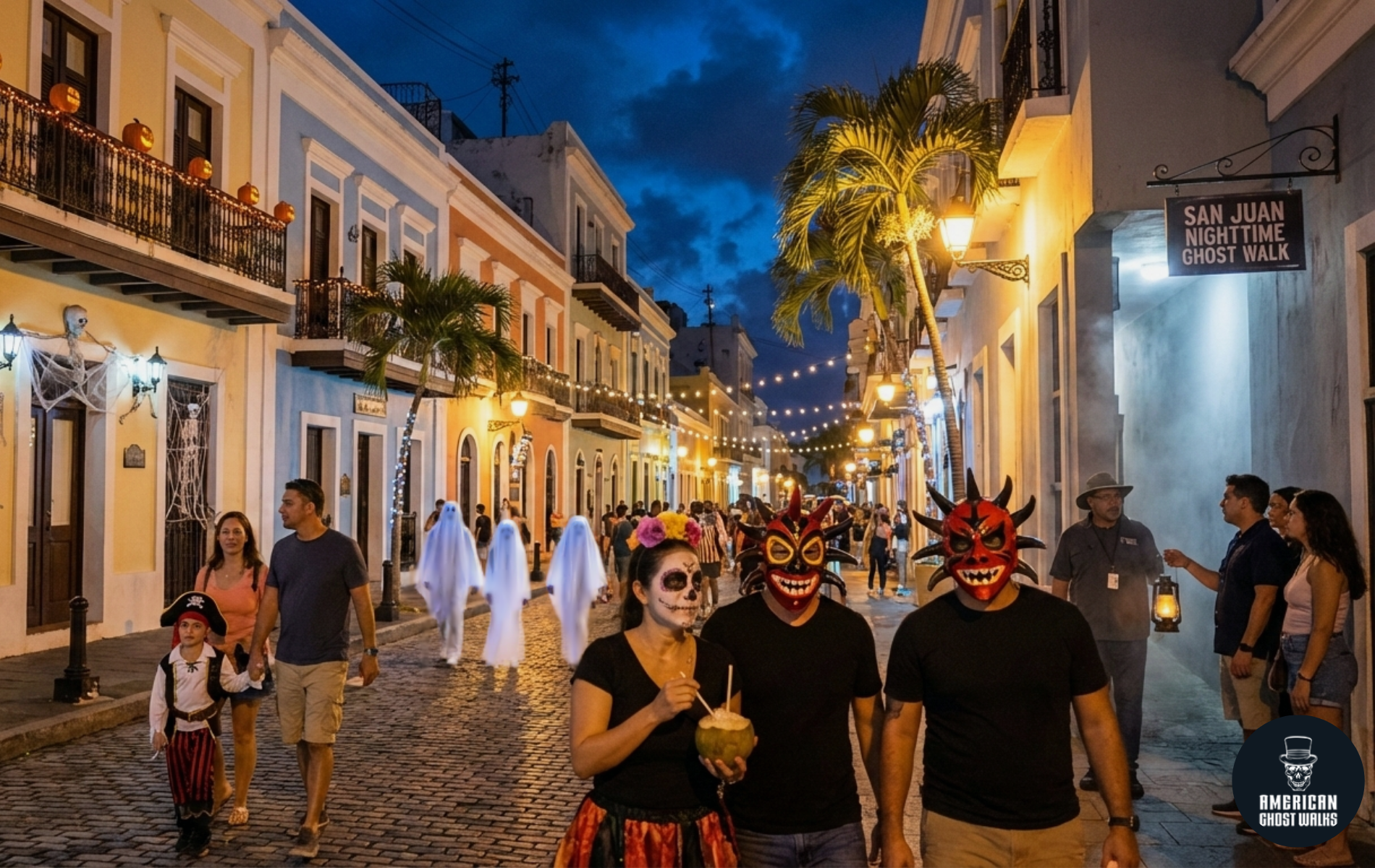The Haunting Pioneers of LA
When you think of Los Angeles, images of the glitz and glamour of Hollywood surely come to mind, alongside imagery of traffic and paparazzi. When considering LA’s older ghost stories, you may think of Marilyn Monroe, or silent era icons like Charlie Chaplin or Rudolph Valentino, but LA’s roots go back much further, which some very old structures still remaining, cared for by the watchful spirits of those who helped build (as Steve Martin would misquote in LA Story ), “This other Eden… demi-paradise… this ground… this Los Angeles.”
Olvera Street is a marvelously restored, historic section of Los Angeles, just a few blocks from the heart of downtown LA. Spain was aware of the land that would become California and, in 1781, decided to send 11 Mexican families to establish a community here. Russia had already conquered the area we now know as Alaska and the fear was that they would work their way down the Pacific Coast. The first settlements in LA ended up getting washed away by the LA river, but the first community that stuck is this area, originally named (translated) Town of Our Lady the Queen of the Angels, or Los Angeles for short.
Located on the North end of Olvera Street, the Avila Adobe is the oldest standing residence in Los Angeles. The house was built in 1818 by former mayor Francisco Avila. It was built traditionally for the time and culture, originally featuring a flat, tarred roof, utilizing tar from the La Brea Tar Pits, which was grazing land Avila’s cattle.
This house was Avila’s family’s home, though he himself only visited on weekends. However, it was also a grand house to entertain friends, which the Avila family did frequently. Though, no battle took place here, American troops did take over the house for use as a headquarters until the Treaty of Cahuenga was signed, thus ending the Mexican-American War.
Massive earthquakes in 1870 and 1971 damaged the frail house, making it uninhabitable for large stretches of time. Today, thanks to tremendous preservation efforts, a seven-room portion of the house has been restored and can be visited daily for free.
Today, the home is not only frequented by guests, but also by original owner Francisco Avila, who is said to talk the halls and plaza, continuing to look over his impressive homestead and the village he once presided over as mayor. In addition to being seen clearly in the house, in the courtyard and in front of the house, people have also heard his heavy boots as he invisibly wanders the halls of the house. People have also observed shadow people throughout the structure.
Avila’s first wife, Maria, died in 1822. He later remarried to a woman named Encarnación. It is Encarnación’s ghost that is said to also inhabit the house long after her 1855 death. Some witnesses have seen a female form sitting in a rocking chair on the front porch while others have heard the sound of feminine crying within the home, apparently coming from the master bedroom. The belief is that her immense sorrow of learning of her husband’s death is the intense emotion that still plays out, in residual form.
Just 500 feet to the south, continuing down Olivera Street and through the plaza is the Pico House, a building once considered the most luxurious hotel in Los Angeles. The building was constructed in 1870 by successful businessman and the last governor of Los Angeles while under Mexican rule, Pio Pico.
The Pico House was an immediate success for a decade upon it’s opening. The 82-room hotel was in high demand through 1880, when the business center of the city shifted south. It was this shift that ended the glory days for this area.
However, even its glory days were not always so glorious. Just days after the city of Chicago burned to the ground in the great fire, a different kind of fire would rage in Los Angeles. A fire made up of vengeance and anger.
This location bordered the original Chinatown and two warring Chinese immigrant associations were battling each other when Jesus Bilderrain, one of only six police officers in Los Angeles, heard shots ring out. He found one Chinese gang member bleeding in the street when he was struck by a non-fatal bullet in the shoulder. Nearby tavern owner, Robert Thompson, came to aid and was eventually shot in the chest and killed.
A city already rife with prejudice against the Chinese exploded. A mob stormed Chinatown, indiscriminately attacking any inhabitant they could find. Buildings and storefronts were damaged, easily hundreds of people were beat up and dozens more were hanged to death throughout Chinatown. The majority of the slayings took place just steps from the Pico House, on the land that is now LA’s Union Station.
In the end, at least 17 Chinese were killed, including young boys. Questions persist over Even Builderrain’s story. Was he a hero cop, shot in the line of duty, or was he merely a key member of a murderous lynch mob? Regardless of how it all went down, there is belief that some of those killed are still present at the Pico House. Some of the spirits are apparently vengeful, as an episode of “Ghost Adventures” talked to a security guard who claimed they were kicked in the back of the leg while walking down a staircase.
Additionally, Pio Pico himself is often seen looking over his land from the roof or upper windows of the Pico house. Much like Mayor Avila, he appears to be keeping tabs on the land he presided over in life. It’s also worth noting that, aside from the lit street lamps and the hum of nearby traffic, the setting is preserved, locked in time, so perhaps its this familiarity that makes Olvera Street, the Avila Adobe, the Pico House and a number of other nearby buildings such a desirable place for past tenants to remain, long after their deaths.
Find Your Next Paranormal Experience
Hollywood Boulevard Ghost Walk
Hollywood Boulevard Ghost Tour

